A dystopian vision of Dartmoor unfolds in Robert Darch’s haunting photographs
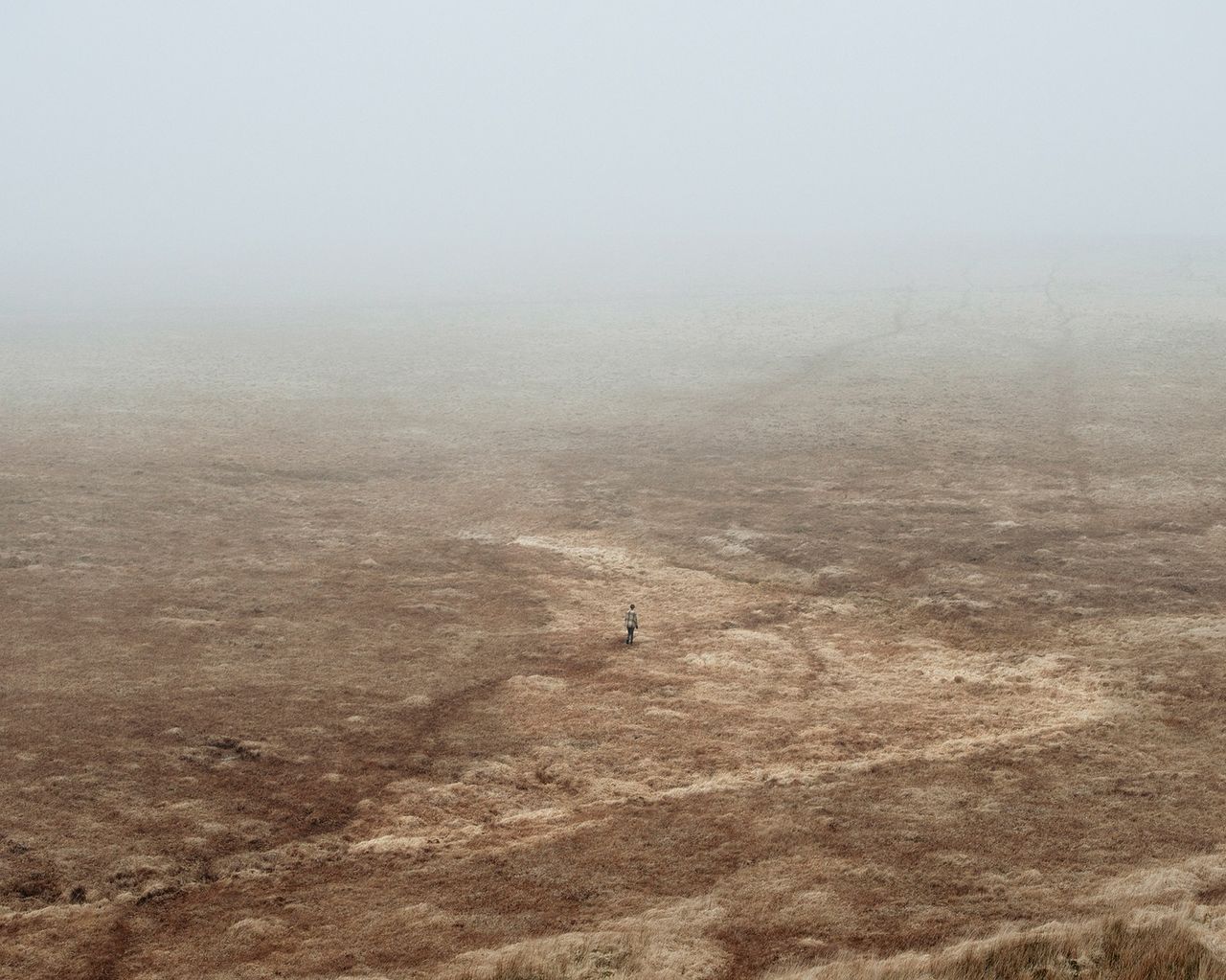
‘My first conscious memory was the sound of hunting dogs baying on the fringes of Dartmoor,’ says photographer Robert Darch, who recently launched his new book at the Martin Parr Foundation. ‘Although our 1960s semi backed onto fields, the rurality of Devon and the baying hounds must have appeared otherworldly to me as a three-year-old.’
That mystical feeling has stayed with Darch, and it permeates the pages of The Moor, a sci-fi visual narrative that shows the landscape as a dystopia in the near future. Dark, tense and perilous, Dartmoor is turned into a dramatic stage setting, primal and symbolic. As an adult, Darch found himself living in the area, moving closer and closer to the moor, drawn there as if by some uncanny force.
It’s the ambivalence of the bleak and barren landscape that Darch clearly finds so fascinating and that has continued to capture his imagination. ‘The moors can appear serene and beautiful on a summer’s day, but during the winter, covered in snow, fog, battered by high winds and stinging rain you can lose yourself in the landscape,’ he explains.
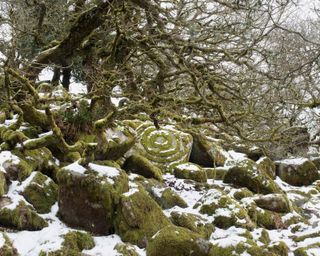
Darch continues: ‘Initially I was considering making a documentary project about the people that inhabit and work on the moor. However, I soon realised that I was far more interested in making a work about how Dartmoor makes me feel, lost, alone, isolated, excited and scared.’
The people who become the characters in Darch’s narrative all share a relationship with Dartmoor; although constructed. ‘On the days I was out with people I also allowed for situations to naturally present themselves,’ the photographer notes, including a series of images of a male figure falling asleep next to an uprooted tree. ‘My subject hadn’t slept the previous night, he was partying and during the whole shoot he was literally falling asleep standing up. This was a genuine response to a set of real world circumstances which helped formulate the idea of people surviving in a dystopian future.’
Darch is already working on his next project in connection Dartmoor, but this time it’s something more traditional: a documentary project on teens training for the Ten Tors, an annual event organised by the British Army.
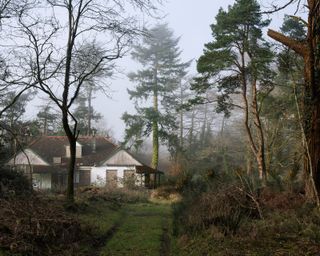
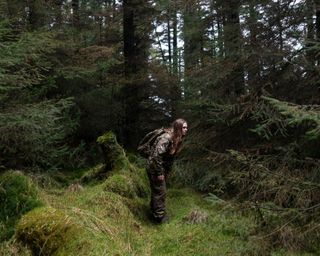
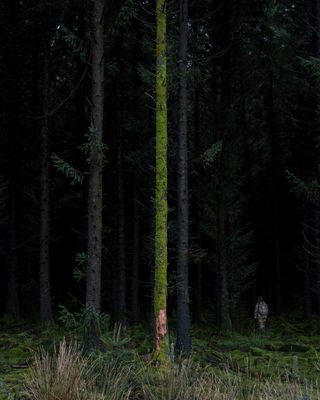
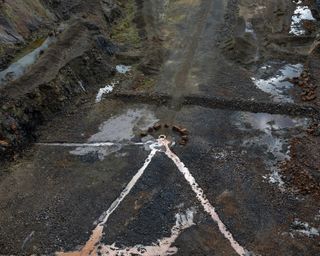
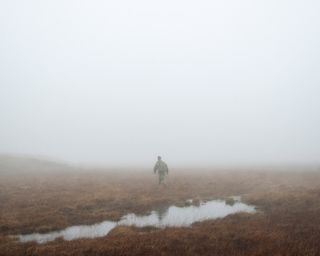
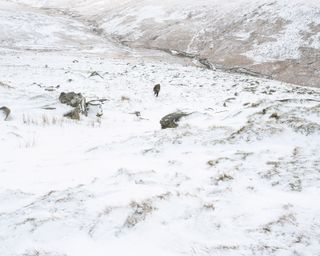
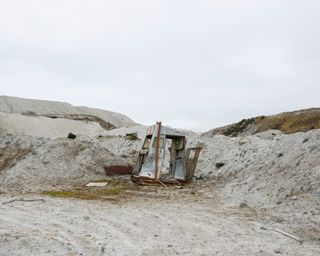
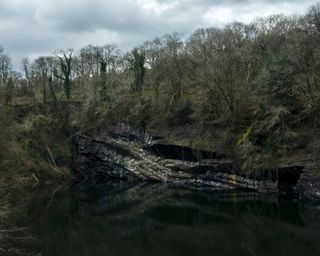
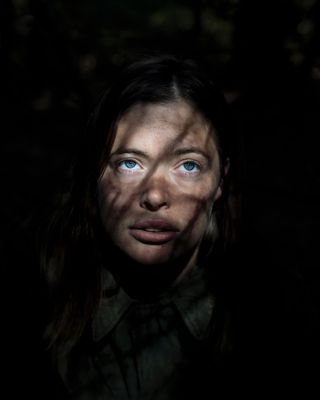
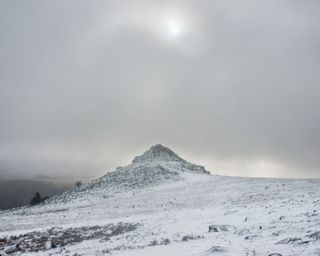
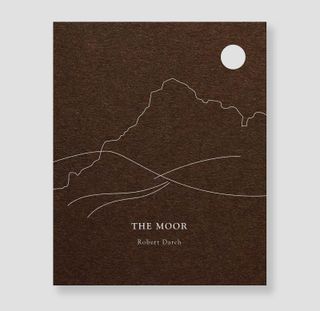
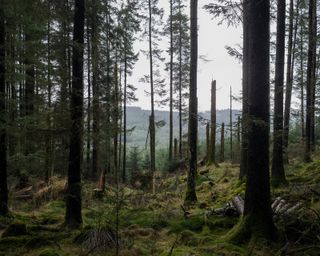
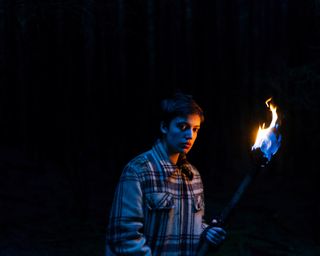
The Moor, £16, published by Another Place Press
Wallpaper* Newsletter
Receive our daily digest of inspiration, escapism and design stories from around the world direct to your inbox.
Charlotte Jansen is a journalist and the author of two books on photography, Girl on Girl (2017) and Photography Now (2021). She is commissioning editor at Elephant magazine and has written on contemporary art and culture for The Guardian, the Financial Times, ELLE, the British Journal of Photography, Frieze and Artsy. Jansen is also presenter of Dior Talks podcast series, The Female Gaze.
-
 Designer Marta de la Rica’s elegant Madrid studio is full of perfectly-pitched contradictions
Designer Marta de la Rica’s elegant Madrid studio is full of perfectly-pitched contradictionsThe studio, or ‘the laboratory’ as de la Rica and her team call it, plays with colour, texture and scale in eminently rewarding ways
By Anna Solomon Published
-
 ‘Nothing just because it’s beautiful’: Performance artist Marina Abramović on turning her hand to furniture design
‘Nothing just because it’s beautiful’: Performance artist Marina Abramović on turning her hand to furniture designMarina Abramović has no qualms about describing her segue into design as a ‘domestication’. But, argues the ‘grandmother of performance art’ as she unveils a collection of chairs, something doesn’t have to be provocative to be meaningful
By Anna Solomon Published
-
 A local’s guide to Los Angeles by defiant artist Fawn Rogers
A local’s guide to Los Angeles by defiant artist Fawn RogersOregon-born, LA-based artist Fawn Rogers gives us a personal tour of her adopted city as it hosts its sixth edition of Frieze
By Sofia de la Cruz Published
-
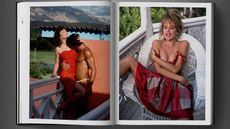 Era-defining photographer David Bailey guides us through the 1980s in a new tome not short of shoulder pads and lycra
Era-defining photographer David Bailey guides us through the 1980s in a new tome not short of shoulder pads and lycraFrom Yves Saint Laurent to Princess Diana, London photographer David Bailey dives into his 1980s archive in a new book by Taschen
By Tianna Williams Published
-
 Inside Joan Didion’s unseen diary of personal relationships and post-therapy notes
Inside Joan Didion’s unseen diary of personal relationships and post-therapy notesA newly discovered diary by Joan Didion is soon to be published. Titled 'Notes to John', the journal documents her relationship with her daughter, husband, alcoholism, and depression
By Tianna Williams Published
-
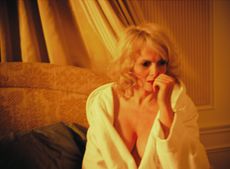 Carsten Höller’s new Book of Games: 336 playful pastimes for the bold and the bored
Carsten Höller’s new Book of Games: 336 playful pastimes for the bold and the boredArtist Carsten Höller invites readers to step out of their comfort zone with a series of subversive games
By Anne Soward Published
-
 Distracting decadence: how Silvio Berlusconi’s legacy shaped Italian TV
Distracting decadence: how Silvio Berlusconi’s legacy shaped Italian TVStefano De Luigi's monograph Televisiva examines how Berlusconi’s empire reshaped Italian TV, and subsequently infiltrated the premiership
By Zoe Whitfield Published
-
 Surrealism as feminist resistance: artists against fascism in Leeds
Surrealism as feminist resistance: artists against fascism in Leeds‘The Traumatic Surreal’ at the Henry Moore Institute, unpacks the generational trauma left by Nazism for postwar women
By Katie Tobin Published
-
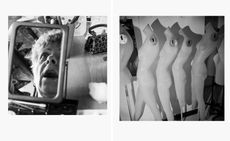 How a sprawling new book honours the legacy of cult photographer Larry Fink
How a sprawling new book honours the legacy of cult photographer Larry Fink‘Larry Fink: Hands On / A Passionate Life of Looking’ pays homage to an American master. ‘He had this ability to connect,’ says publisher Daniel Power
By Jordan Bassett Published
-
 New Jay-Z coffee-table book dives into the Brooklyn rapper's archives
New Jay-Z coffee-table book dives into the Brooklyn rapper's archives'Book of HOV: A Tribute to Jay-Z' is a hefty tome for a hefty talent
By Craig McLean Published
-
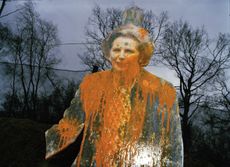 From activism and capitalism to club culture and subculture, a new exhibition offers a snapshot of 1980s Britain
From activism and capitalism to club culture and subculture, a new exhibition offers a snapshot of 1980s BritainThe turbulence of a colourful decade, as seen through the lens of a diverse community of photographers, collectives and publications, is on show at Tate Britain until May 2025
By Anne Soward Published